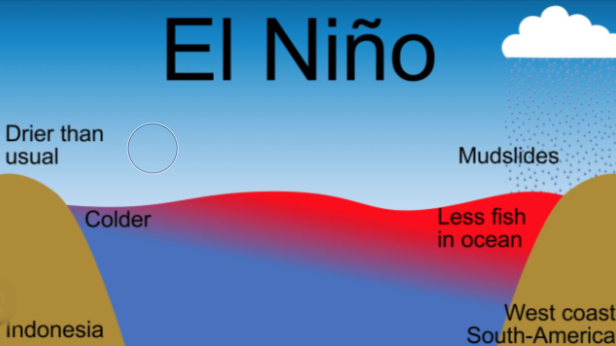Why is the Sky Clear Blue? Understanding the Colors of the Sky
Have you ever wondered why the sky is blue most of the time? Or why sometimes it appears red, orange, or pink during sunrise or sunset? These beautiful colors in the sky are the result of a phenomenon called Rayleigh scattering, which happens when sunlight interacts with the Earth’s atmosphere. Let’s explore why the sky appears blue and how other colors sometimes take over.
Why the Sky Appears Blue
Sunlight, which seems white to our eyes, is actually made up of different colors. You can see these colors when sunlight passes through a prism, separating into a rainbow of red, orange, yellow, green, blue, and violet. Each of these colors has a different wavelength. Red light has the longest wavelength, while blue and violet light have shorter wavelengths.
When sunlight reaches Earth, it encounters gases and particles in the atmosphere, like nitrogen and oxygen molecules. Rayleigh scattering happens when light interacts with these tiny particles. The shorter the wavelength of the light, the more it is scattered. Since blue and violet light have short wavelengths, they scatter more than the other colors.
But why do we see blue instead of violet, which is scattered even more? This happens because our eyes are more sensitive to blue light, and some of the violet light gets absorbed by the upper layers of the atmosphere. As a result, the sky looks blue during most of the day.
https://topnewssurf.com/5-shocking-facts-about-the-greenhouse-effect/
Why the Sky Changes Color During Sunrise and Sunset
While the sky is blue for most of the day, it changes color to red, orange, and pink during sunrise and sunset. This is because the angle of the Sun’s light is different when it’s near the horizon. At these times, sunlight has to pass through more of the Earth’s atmosphere to reach us.
When the Sun is lower in the sky, like during sunrise or sunset, the blue and violet light is scattered even more. By the time the light reaches our eyes, most of the blue light has been scattered away, leaving behind the colors with longer wavelengths like red, orange, and yellow. This is why the sky appears reddish during these times.

Why the Sky is Different in Other Conditions
The sky doesn’t always appear blue or red. There are other factors that can affect the color of the sky, like weather conditions and pollution.
- Cloudy Skies: On cloudy or overcast days, the sky often looks gray. This is because the water droplets in the clouds are larger than the gas molecules in the atmosphere. These droplets scatter all colors of light equally, causing the sky to appear white or gray.
- Dust and Pollution: In areas with heavy pollution or dust in the air, the sky can look hazy, with colors appearing muted or even brownish. The larger particles in the air scatter light differently, leading to a duller sky.
- After Rain: After it rains, the sky might appear brighter or more intensely blue. This happens because the rain clears out dust and pollution, allowing the shorter blue wavelengths of light to scatter more easily and making the sky appear clearer and bluer.
- The Northern Lights: In some parts of the world, especially near the North or South Pole, you might witness the Northern Lights, also known as the Aurora Borealis. This stunning display of lights is caused by particles from the Sun interacting with the Earth’s magnetic field. These interactions create vibrant colors like green, pink, and purple in the sky.
Why the Ocean is Blue Too
You might notice that the ocean also looks blue, and this is related to why the sky appears blue. The ocean reflects some of the blue light from the sky, but the color also comes from the way water absorbs and scatters light. Water absorbs colors with longer wavelengths, like red and orange, and scatters the shorter wavelengths, such as blue and green. This is why the ocean usually appears blue to us.
Conclusion
The colors of the sky are a fascinating result of the interaction between sunlight and the Earth’s atmosphere. Most of the time, we see a blue sky because shorter wavelengths of light, like blue and violet, are scattered in all directions by the gases and particles in the atmosphere. During sunrise and sunset, the angle of the Sun changes, allowing the red and orange colors to dominate. Other factors like weather conditions, pollution, and the presence of water droplets can also affect the colors we see in the sky. The next time you look up at the sky, you’ll know that the vibrant colors are the result of complex but beautiful natural processes.
Why Is Gold So Expensive? Unveiling the Secrets Behind the Price 1




